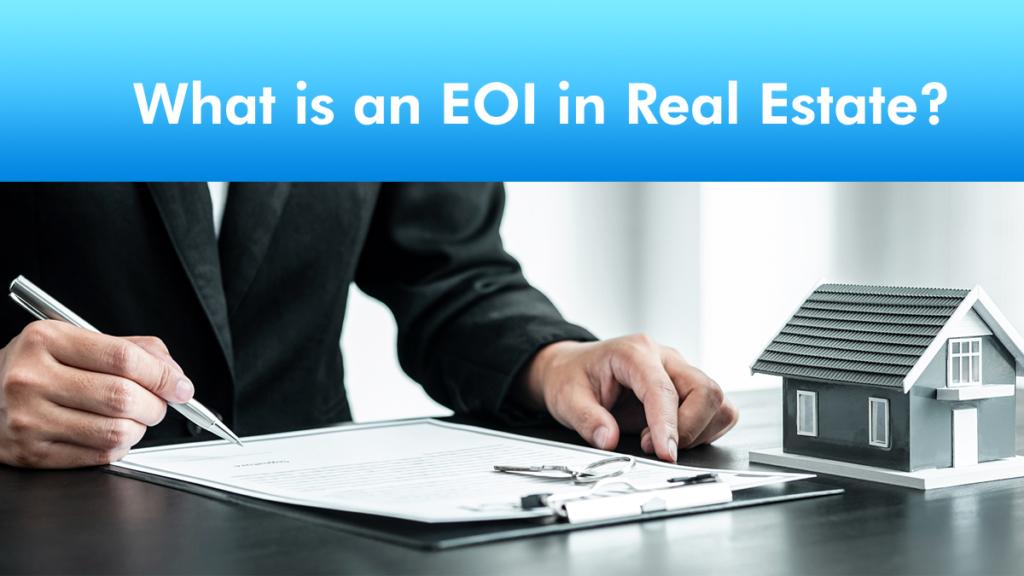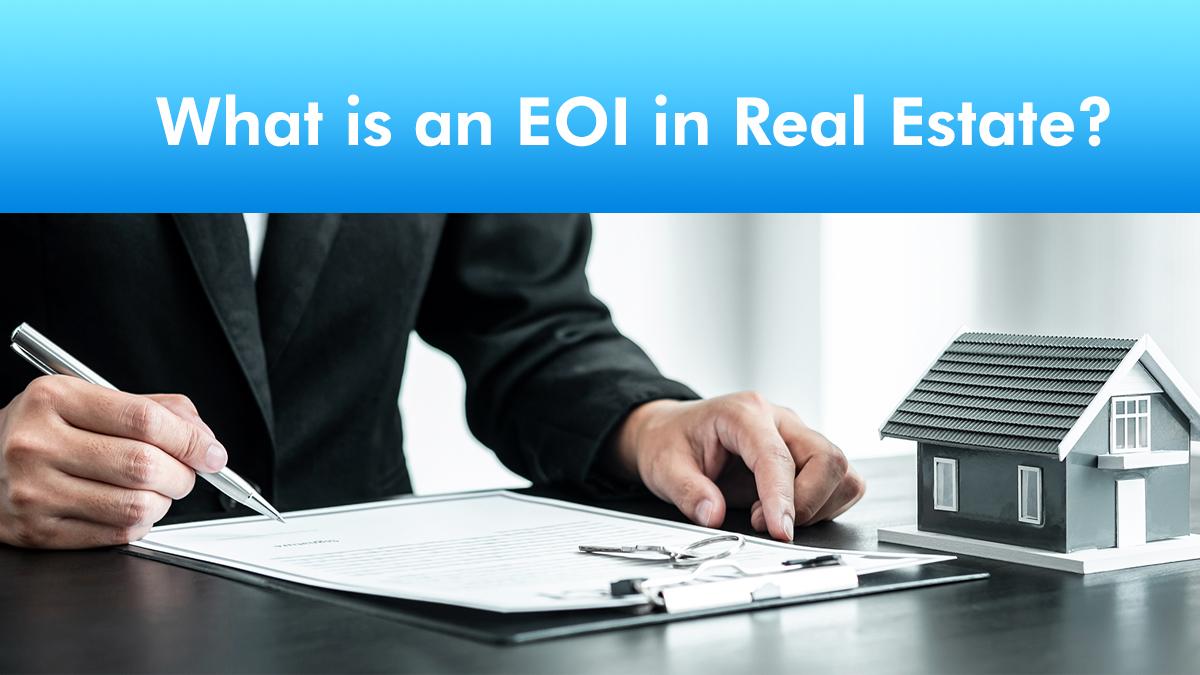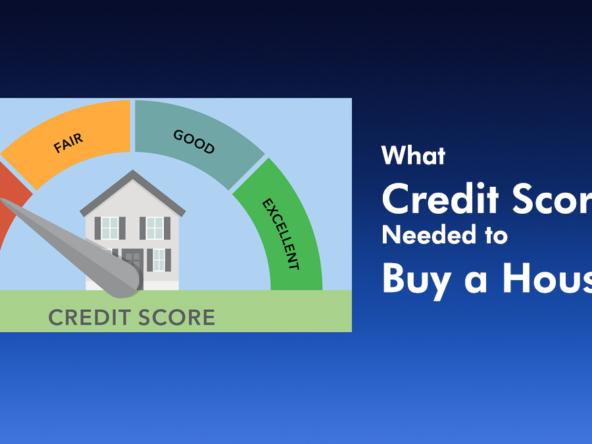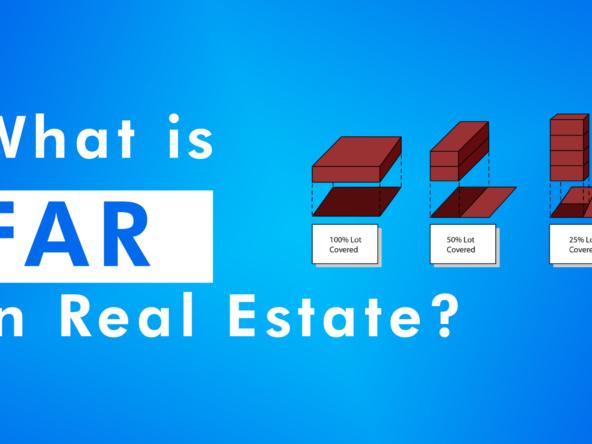When diving into real estate, you may have come across the term EOI, short for Expression of Interest. EOI is a method used by both buyers and sellers to express interest in a property before making a formal offer. It’s a flexible, non-binding step that enables potential buyers to gather information, understand property specifics, and start negotiating terms before committing financially. In the competitive world of real estate, EOI is a valuable tool for gauging market interest, exploring options, and refining your buying or selling strategy. Here’s everything you need to know about EOIs and how they can impact your real estate journey.
What is an EOI in Real Estate?
An Expression of Interest (EOI) is a formal document used by potential buyers to indicate their interest in purchasing a property. It’s usually the first step in the buying process, allowing buyers to convey their interest and financial position without creating a legally binding commitment. For sellers, an EOI provides an indication of demand, helping them assess how much potential interest the property might attract.
This document typically includes:
- Basic details of the buyer
- Indication of the property they’re interested in
- Price range or offer estimate
- Any specific terms or requirements the buyer has
Submitting an EOI doesn’t mean that the buyer is legally bound to purchase the property. However, it signals to the seller that there’s genuine interest, and in many cases, it prompts the seller to share more details or initiate further discussions.

Why Use an EOI? Benefits for Both Buyers and Sellers
- For Buyers
- Flexibility Without Commitment: An EOI allows buyers to express interest without the binding financial obligations of a formal contract. This is especially helpful if you’re still deciding between multiple properties.
- Get More Information: Sellers and agents are often more willing to share details once they know a buyer is genuinely interested. An EOI opens doors to additional property information, helping buyers make informed decisions.
- Test the Waters: EOIs can help buyers gauge the seller’s flexibility on price and other terms, allowing them to tailor their final offer.
- For Sellers
- Gauge Buyer Interest: An EOI helps sellers estimate market demand. A flood of EOIs can indicate that the property might receive high offers, while fewer EOIs might suggest the need for a revised strategy.
- Identify Serious Buyers: Since EOIs require a degree of commitment from the buyer, they help sellers separate serious buyers from those casually browsing the market.
- Flexible Sale Process: Sellers can keep their options open and initiate negotiations without rushing into a commitment.
The EOI Process Explained
The EOI process involves a few steps, allowing both buyers and sellers to align their expectations. Here’s a breakdown:
- Step 1: Initial Interest and Property Review
Potential buyers review the property listing and conduct initial research. They may visit the property, review its history, and analyze current market trends. Based on this assessment, they might decide to submit an EOI. - Step 2: Submission of EOI
The buyer prepares and submits an EOI to the seller or their agent. The EOI typically includes personal details, financial position, estimated offer, and any specific terms or contingencies. - Step 3: Review by the Seller
Upon receiving the EOI, the seller reviews it to gauge the buyer’s seriousness. If the EOI meets their expectations, they may invite the buyer to discuss further terms. Otherwise, the seller might hold off and wait for other EOIs. - Step 4: Negotiation and Feedback
The seller can respond to the EOI by initiating negotiations. At this point, the buyer may receive additional information about the property. The two parties may engage in back-and-forth discussions about price, closing terms, and any contingencies. - Step 5: Proceeding to Contract (Optional)
If both parties reach an agreement, the EOI may transition to a formal offer, leading to a legally binding contract. However, this is not mandatory; either party can choose not to proceed at any point in the EOI process.
How to Create a Strong EOI as a Buyer
If you’re a buyer, creating a compelling EOI can make a significant difference in how sellers perceive your offer. Here are a few tips:
- Be Specific: Clearly outline your interest in the property and any requirements. Include details about financing, expected timelines, and conditions that might affect your final offer.
- Show Financial Strength: Provide evidence of your ability to follow through. This may include a letter from your bank, proof of pre-approval, or a statement showing available funds.
- Outline Terms Clearly: If you have specific terms in mind, such as property inspection conditions or alterations to the property, include them in your EOI.
- Express Genuine Interest: Demonstrating a clear understanding of the property and market dynamics can differentiate your EOI, encouraging sellers to engage with you.
Common Scenarios for Using EOI in Real Estate
An EOI is especially beneficial in various situations where the market or property characteristics may lead to high buyer competition. These scenarios include:
- Luxury or Unique Properties: For high-end, one-of-a-kind properties, an EOI allows buyers to engage without the pressure of a formal auction.
- Competitive Markets: In hot markets with multiple buyers vying for limited inventory, sellers often invite EOIs to gauge serious buyers.
- New Developments: Developers sometimes use EOIs to gauge interest before completing a project. This helps them refine their marketing and pricing strategies.
EOI vs. Tender vs. Auction: Key Differences
Understanding how EOI differs from other purchasing methods can be helpful:
- Tender: A tender involves submitting a formal offer by a specific date. Unlike an EOI, a tender usually represents a commitment from the buyer and is often used in competitive, high-stakes transactions.
- Auction: In an auction, buyers compete openly by bidding, and the property typically goes to the highest bidder. An auction is a faster process but provides limited flexibility compared to an EOI.
An EOI is a softer approach, allowing buyers to express interest without the pressure of outbidding others or being locked into a contract.
Tips for Sellers: Maximizing the Impact of EOIs
For sellers, EOIs provide a valuable preview of buyer interest and can be instrumental in setting a competitive price. Here’s how sellers can leverage EOIs effectively:
- Strategize for High-Interest Properties: If a property is expected to attract multiple buyers, invite EOIs to gauge interest and streamline the sales process.
- Use EOIs to Gather Market Feedback: EOIs can help you understand market sentiment, allowing you to adjust your pricing or marketing strategy if needed.
- Keep Communication Open: Respond to EOIs promptly, as timely communication keeps potential buyers engaged and can lead to quicker negotiations.
The Takeaway: How EOIs Empower Buyers and Sellers Alike
For buyers, an EOI offers a no-pressure way to express interest and access critical information before making a formal offer. For sellers, EOIs provide insights into buyer demand and help filter serious offers from casual inquiries. With careful planning and clear communication, an EOI can be a powerful tool for navigating the real estate market efficiently and confidently.




